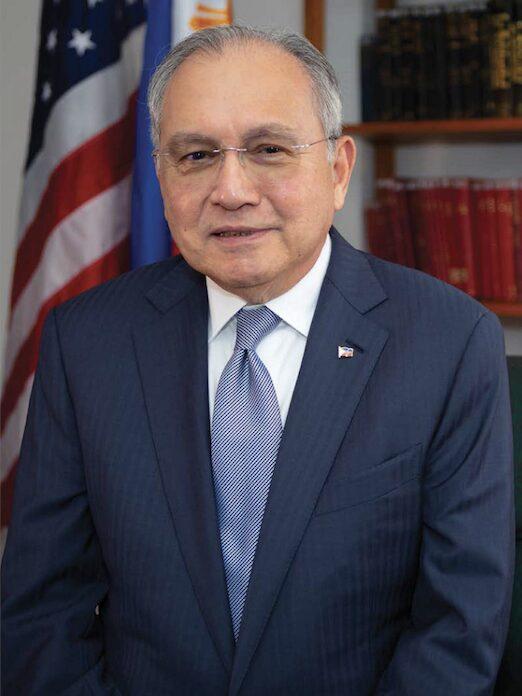Senator-elect Bam Aquino, a top vote-getter in Central Luzon campaigns before the election. (Photo: Ban Aquino Instagram page)
Aurora: Reynante Tolentino won, continuing the province’s trend of electing grassroots-backed leaders.
Bataan: Joet Garcia (Garcia clan) re-elected by a wide margin.
Bulacan: Governor Daniel Fernando retained his seat amid urban development issues.
Nueva Ecija: Rodolfo Antonino reclaimed the governor’s office, marking the Antonino family’s comeback.
Pampanga: Dennis “Delta” Pineda won reelection, strengthening the Pineda family’s political hold.
Tarlac: Susan Yap held her position, sustaining the Yap political dynasty.
Zambales: Hermogenes Ebdane Jr. and his allies swept the local races.
Former Senator Bam Aquino led the senatorial tally in Central Luzon, contributing to his national second-place finish. His comeback defied early surveys and highlighted the power of regional voter concentration. Aquino’s popularity was driven by his focus on education, livelihood programs, and a grassroots campaign that resonated across urban and rural sectors.
The Commission on Elections (COMELEC) praised the region for its peaceful and credible polls. Of thousands of vote-counting machines deployed, only 32 required replacement, with issues swiftly addressed. No major incidents of violence or fraud were reported.
Central Luzon remains a critical corridor for infrastructure, agribusiness, and logistics, making its political direction vital to national development. Its diverse electorate and lack of a dominant bloc make it a swing region—likely to shape the political landscape heading into the 2028 national elections.
Source: Commission on Elections (COMELEC)






